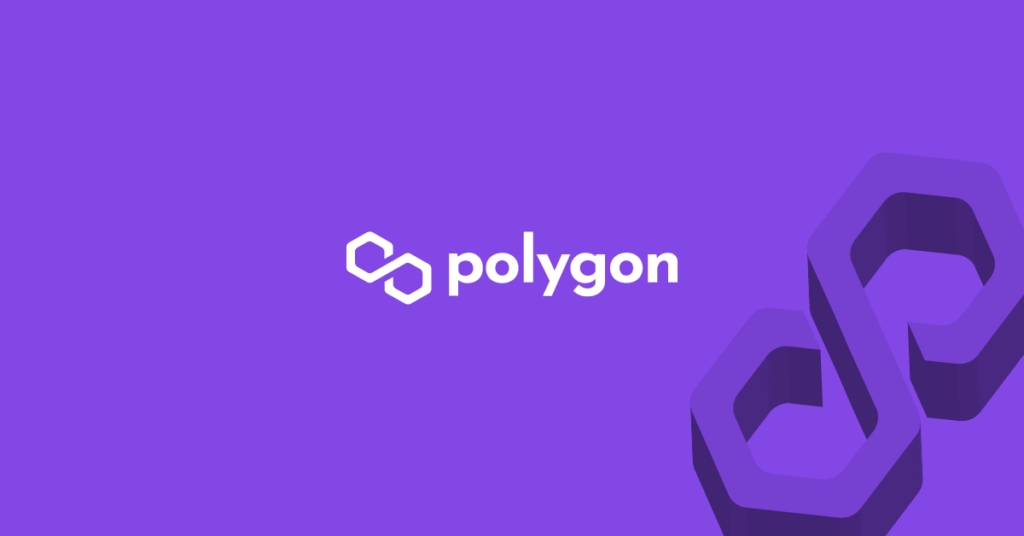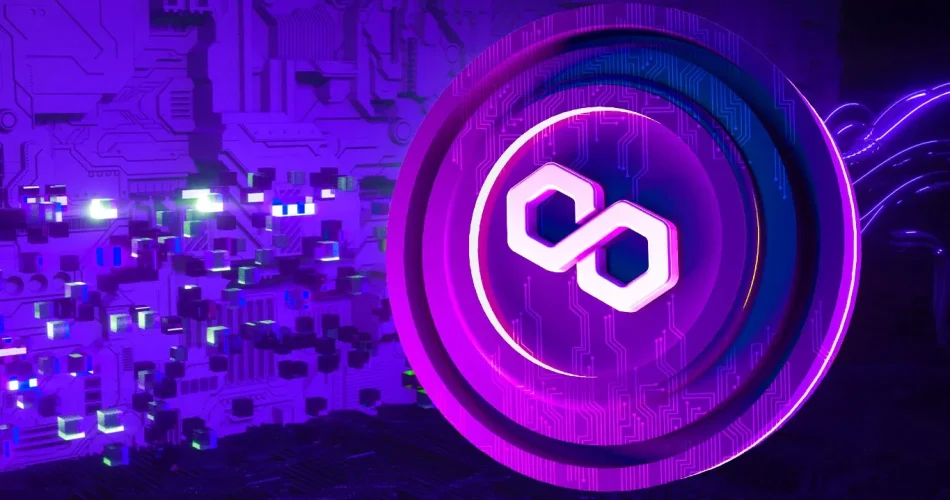Table of Contents
- Key Features of MATIC
- Applications of MATIC
- Future of MATIC
- Scalability: Addressing Ethereum’s Bottlenecks
- Interoperability: Bridging Ethereum’s Ecosystem
- Security: Ensuring Trust and Reliability
- Cost-Effectiveness: Lowering Transaction Fees
- Unveiling Polygon’s Scalability Architecture
- A Promising Future for Polygon
Polygon (MATIC), formerly known as the Matic Network, is a layer-2 scaling solution for the Ethereum blockchain. It aims to address Ethereum’s scalability limitations, allowing it to handle a greater volume of transactions without compromising its security or decentralization.
Key Features of MATIC
- Scalability: Polygon utilizes a unique multi-chain architecture that enables it to process a significantly higher number of transactions than Ethereum. Its flagship sidechain, Polygon PoS, can handle up to 65,000 transactions per second (TPS), while its plasma-based sidechains can handle even higher throughput.
- Interoperable: Polygon bridges seamlessly connect its sidechains to the Ethereum mainnet, enabling seamless asset transfers and cross-chain compatibility. This interoperability fosters a thriving ecosystem of dApps and applications that can leverage the benefits of both Polygon’s scalability and Ethereum’s security.
- Security: Polygon leverages a combination of security mechanisms, including Proof-of-Stake (PoS) consensus, zkRollups, and cryptographic protocols, to ensure the integrity and security of its network.
- Cost-Effective: Polygon’s transaction fees are significantly lower than those of Ethereum, making it more affordable for users to participate in the decentralized ecosystem.
Applications of MATIC
- Decentralized Finance (DeFi): Polygon has emerged as a popular platform for DeFi applications, offering a wide range of financial services, such as decentralized exchanges (DEXs), lending protocols, and stablecoins. The lower transaction fees and faster speeds on Polygon make it an attractive choice for DeFi users.
- Non-Fungible Tokens (NFTs): Polygon is well-suited for minting, buying, and selling NFTs, thanks to its fast transaction speeds and low fees. The platform is home to a growing ecosystem of NFT marketplaces and projects.
- Web3 Infrastructure: Polygon is being used to build a variety of Web3 applications, including decentralized autonomous organizations (DAOs), gaming platforms, and content distribution networks. The platform’s scalability and interoperability make it a versatile foundation for building on-chain applications.
Future of MATIC
Polygon is actively developing new features and initiatives to further enhance its capabilities and expand its ecosystem. These include:
- Polygon Edge: A decentralized infrastructure layer that will provide secure and efficient data storage and processing capabilities for dApps.
- Polygon Hermez: A zkRollup-based sidechain that will offer even higher transaction speeds and lower fees than Polygon PoS.
- Polygon SDK: A comprehensive software development kit that will make it easier for developers to build and deploy dApps on Polygon.
Overall, Polygon is a promising layer-2 scaling solution with the potential to address Ethereum’s scalability limitations and power the next generation of decentralized applications. Its scalability, interoperability, and cost-effectiveness make it a compelling choice for developers, users, and enterprises alike.
Scalability: Addressing Ethereum’s Bottlenecks
Ethereum’s scalability challenges have hindered its ability to fully realize its potential as a platform for mainstream adoption. Polygon tackles these challenges by employing a multi-chain architecture that utilizes sidechains to offload transaction processing from the Ethereum mainnet. This approach allows Polygon to achieve significantly higher transaction throughput while maintaining Ethereum’s security and decentralization.
- Polygon PoS: Polygon PoS, the flagship sidechain, utilizes a Proof-of-Stake (PoS) consensus mechanism to ensure the integrity and security of its transactions. Its ability to process up to 65,000 transactions per second (TPS) makes it a competitive alternative to Ethereum’s current capacity of around 15 TPS.
- Plasma-based Sidechains: Beyond Polygon PoS, Polygon also supports plasma-based sidechains, which offer even higher throughput and scalability. These sidechains are capable of processing millions of transactions per second, making them suitable for applications that demand ultra-fast transaction speeds.
Interoperability: Bridging Ethereum’s Ecosystem
To facilitate seamless interaction between Polygon and the Ethereum mainnet, Polygon employs a network of bridges that allow for the transfer of assets and data across different blockchains. These bridges play a crucial role in enabling the growth of the Polygon ecosystem by linking it to the vast network of Ethereum-based dApps and applications.
- Polygon Bridges: Polygon operates a variety of bridges that connect its sidechains to Ethereum. These bridges are secure and efficient, enabling users to seamlessly move tokens and data between the two blockchains.
- Cross-chain Compatibility: Polygon’s interoperability extends beyond Ethereum, with bridges being developed to connect it to other major blockchains, such as Bitcoin and Binance Smart Chain. This cross-chain compatibility fosters a more interconnected decentralized ecosystem, enabling greater flexibility and accessibility for users.
Security: Ensuring Trust and Reliability
Polygon prioritizes security by employing a combination of robust mechanisms to protect its network and the assets it processes. These mechanisms include:
- Proof-of-Stake (PoS) Consensus: Polygon PoS utilizes a PoS consensus mechanism, which is considered more energy-efficient and environmentally friendly than Proof-of-Work (PoW) consensus, the mechanism used by Ethereum.
- zkRollups: Polygon employs zkRollups, a type of Layer 2 scaling solution that leverages cryptography to compress and batch transactions, reducing the load on the mainnet and improving overall network efficiency.
- Cryptographic Protocols: Polygon employs various cryptographic protocols to protect user identities, data privacy, and asset security. These protocols include encryption, hashing, and digital signatures.
Cost-Effectiveness: Lowering Transaction Fees
One of the primary advantages of Polygon is its significantly lower transaction fees compared to Ethereum. This is a result of its scalable architecture and efficient transaction processing on its sidechains. Lower transaction fees make Polygon more accessible to a wider range of users and applications, particularly those that require frequent and low-cost transactions.
- Polygon PoS: Polygon PoS transactions typically cost a few cents, making them far more affordable than Ethereum’s fees, which can range from a few dollars to tens of dollars.
- Plasma-based Sidechains: Plasma-based sidechains on Polygon offer even lower transaction fees, sometimes as low as fractions of a cent. These ultra-low fees are particularly attractive for high-frequency trading and other applications that demand minimal transaction costs.
Unveiling Polygon’s Scalability Architecture
At the heart of Polygon’s scalability solutions lies the concept of sidechains, independent blockchains that connect to the Ethereum mainnet. These sidechains process transactions off-chain, offloading the transaction burden from the mainnet and significantly reducing transaction fees and processing times. Polygon utilizes three distinct sidechain architectures: Plasma, Avail, and Miden, each with its own strengths and applications.
Plasma: Plasma, a widely adopted sidechain architecture, establishes a parent-child relationship between the mainchain and sidechains. Transactions on sidechains are validated by a network of validators, and only transaction summaries are stored on the mainnet. This approach streamlines transaction processing and significantly enhances transaction throughput.
Avail: Avail, a more recent addition to Polygon’s sidechain infrastructure, prioritizes data availability and security. It employs a unique data availability mechanism that ensures that data on sidechains remains accessible even in the event of validator downtime. This feature makes Avail particularly suitable for mission-critical applications that demand unwavering reliability.
Miden: Miden, the newest addition to Polygon’s sidechain arsenal, boasts exceptional scalability and efficiency. It utilizes a novel consensus mechanism called Miden Consensus, specifically designed to be more efficient and resource-friendly than traditional Proof-of-Stake (PoS) mechanisms. This enables Polygon to accommodate a significantly higher volume of transactions per second, further enhancing its scalability capabilities.

A Promising Future for Polygon
With its continued development, adoption, and expansion, Polygon is well-positioned to play a pivotal role in shaping the future of the blockchain industry. Its scalability solutions address a critical pain point for Ethereum, paving the way for wider adoption of Ethereum-based applications.
As Polygon continues to expand its ecosystem, attract new users and developers, and foster interoperability, its potential to revolutionize the blockchain space is undeniable. Polygon is poised to become a cornerstone of the decentralized future, enabling a world where transactions are faster, cheaper, and more accessible for everyone.
- Polygon’s official website: https://polygon.technology/
- Decrypt’s Polygon Explained article: https://decrypt.co/117671/decrypts-2022-crypto-project-of-the-year-polygon
- Coindesk’s Polygon: Ethereum’s Sidechain Scalability Solution article: https://medium.com/coinmonks/polygon-an-overview-of-the-leading-layer-2-scaling-solution-on-ethereum-9b81d3c088
here are some sources you can consult for more information about Polygon (MATIC):
